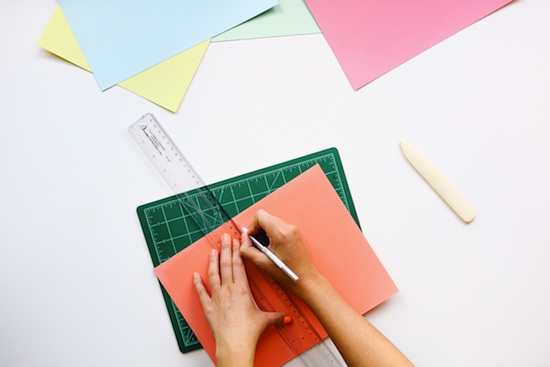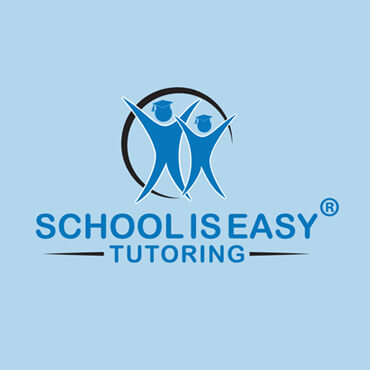A common question that we’ve all heard at some point in our schooling, whether in elementary school, high school, or beyond, is “why do I need to know this?” Sometimes, as a teacher or parent, it may be hard to think of an answer with specific examples. Here are some ideas of real-life applications to help your child see how math can be useful in the real world.

Math skills used in iconic architecture
Some of the largest and most incredible examples of math in the real world are well-known monuments and buildings around the world. For example, the Taj Mahal has very impressive and perfect symmetry. Meanwhile, the Great Pyramid of Giza has some really cool hidden math concepts in it. In the measurements of the king’s chamber pyramids you can clearly see the Pythagorean Triangle, and the perimeter of the pyramid divided by its height is equal to Pi (3.14159…). By teaching your child about an iconic piece of architecture like these ones, you can have both a history lesson and a math lesson at the same time. You can also point out how the architects and construction workers who design and build these utilize their math skills in a very practical way.
Find math in nature with the Fibonacci Sequence and golden ratio
Another amazing example of math can be found right in your backyard and everywhere in nature. For example, the Fibonacci Sequence (1,2,3,5,8…) can be found all throughout botany, from sunflower seeds to pinecones and flower petals. These are also good examples of the golden ratio, as these two concepts are closely related. Even looking at symmetry in the human body can be intriguing, and can be combined into a science lesson for aspiring physiotherapists, chiropractors, doctors, and disciplines of anatomy. If you are looking for a way to tie science and math together, you can look up more examples of math in nature and go for a hike to see how many things you can find that use the golden ratio and Fibonacci sequence.
Math skills in everyday tasks
Teaching math through everyday tasks is also a great idea, because no matter what your child’s math level is, there is sure to be something they are going to need math skills for eventually. For simple practice of addition and subtraction, have your child practice making purchases and learning to count money. You can also practice adding and subtracting fractions by baking and having your child use different combinations of measuring cups. For a more advanced learner, using the quadratic equation to figure out where a ball will land once thrown. It can help make the concept seem less abstract.
You can tie these examples into a lesson on an appropriate topic, or just point them out as you see them in real life. And of course, if you ever hear one of those questions escape your child’s lips, “why do I need to know this?” or “who actually uses this in real life?”, now you will be able to give them some specific examples. Enjoy!


